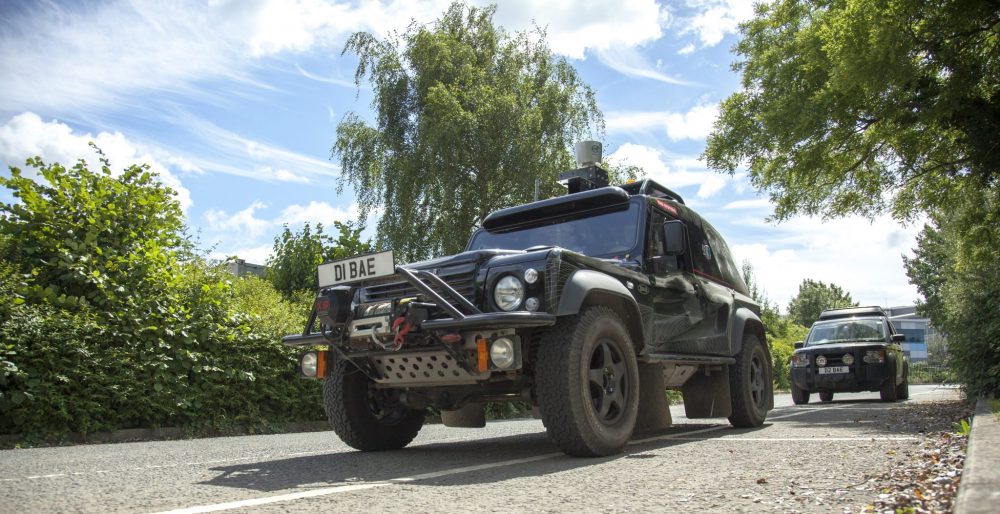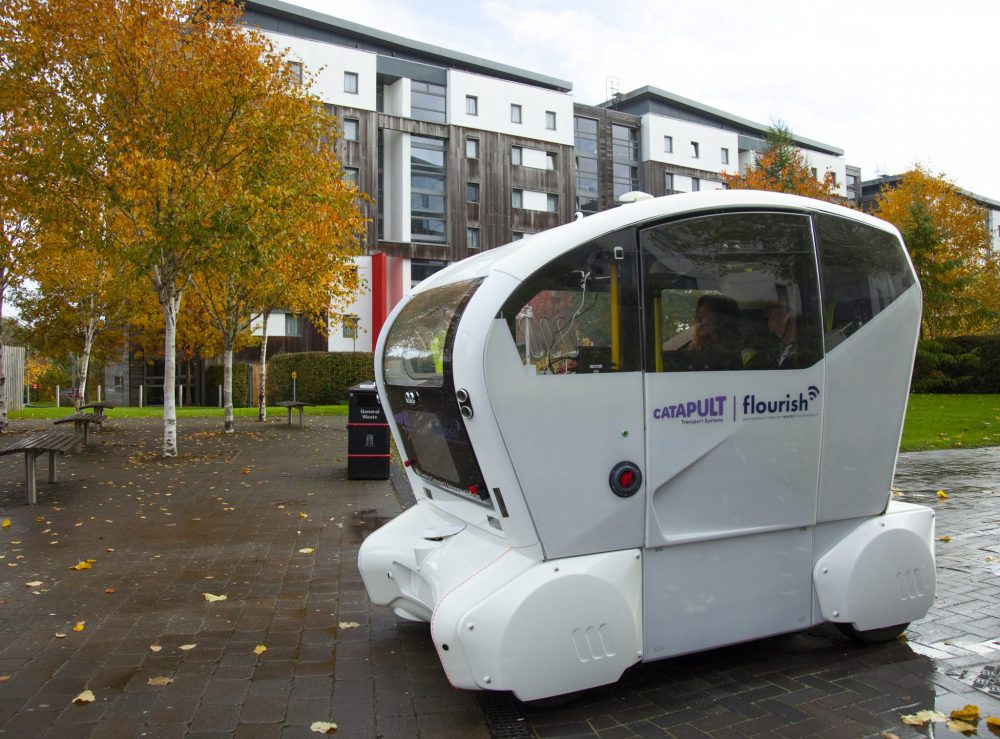There is an expectation that Connected and Autonomous Vehicles (CAVs) will play a significant role in the future of transport. They have the potential to address critical safety issues associated with human-driven vehicles, and to increase accessibility and inclusivity, addressing some of the broader socio-economic challenges faced by an ageing society. Based in Bristol and South Gloucestershire, VENTURER was a research and development project investigating the barriers to the adoption of CAVs in the UK. The project, led by Atkins, represented a diverse partnership of universities, large and small businesses and local authorities. IIt drew on state-of-the-art technologies, industry expertise and world-class academic research to establish the West of England as a centre of excellence for the safe trialling of CAV technology, user behavioural response analysis and social research.
Key findings:
- In the VENTURER simulator and the Wildcat road vehicle, participant responses were comparable between both simulated and controlled road network environments.
- Planned handover between autonomous driving systems and the human driver is achievable in optimum conditions, but not necessarily desirable in safety terms.
- Participants have greater trust in the behaviours of autonomous vehicles when they demonstrate more cautious vehicle behaviour than the average human driver.
- Participants did not show significant differences in trust ratings depending on whether they experienced the trial scenarios in the role of a cyclist, driver or pedestrian, suggesting that there is no need to differentiate messaging around CAVs for different audiences.
- Recommendations made included clarity on the legal and insurance definitions of automated vehicles and to establish minimum standards for data collection and sharing for incident investigation and analysis.

The VENTURER ALLIANCE continues to help shape the future of mobility, and many of its members took part in another ground-breaking CAV project with a broader scope, FLOURISH.
FLOURISH was a multi-sector collaboration led by Atkins based in the West of England. It was co-funded between industry and the Centre for Connected and Autonomous Vehicles (CCAV), delivered in partnership with Innovate UK and was part of the government’s £100 million Intelligent Mobility Fund, supporting the Future of Mobility Grand Challenge.
FLOURISH explored:
- USER EXPERIENCE and how the vehicle responds to user needs;
- TRANSFER OF DATA to optimise future transport networks
- ; RELIABLE AND CYBER-RESILIENT COMMUNICATION between vehicles and other transport infrastructure.
The project completed eight trials in simulated and real-world environments, generating important findings to support the safe and inclusive introduction of CAVs onto the UK road network.
Key findings:
- Older adults engaged with the CAV and its Human-Machine Interface (HMI) more effectively when they received audio instructions
and information rather than written communication, however, a combination of audio and written communication had the most positive impact. - Based on theoretical models and real-world trials, they found the maximum distance for the successful communication of messages to be 472 metres, with some non-line-of-sight coverage achieved. Transmission reliability showed a rapid drop-off in the delivery of reliable communications beyond 120 metres. The vehicle received 95% of all messages within 50 milliseconds. With its varied topography, the results proven in Bristol are directly transferable to other cities across the country, in both even and more challenging terrain.
- The real-world car trials showed the efficacy and benefits of novel fog-based computation – a hierarchical network where, in addition to the cloud layer, there are computing resources in closer proximity to CAVs. This setup vastly reduces latency and facilitates additional safety-critical services.
- FLOURISH has developed an Incident Response Framework, a scenario-based approach, which would enable appropriate mitigation measures to be put in place to enable the safe operation of a network of driverless vehicles.
, 

Atkins is working in partnership with WECA on the Future Transport Zone (FTZ) project, focussed on trialling replicable transport innovations that can improve connectivity, enhance regional productivity, and widen access to employment.

Through improving digital connectivity via:
- A Data Hub – Unifying datasets and gathering new data to maximise the understanding of travel demands, enabling more effective management of the transport system
- Mobility as a Service (MaaS) – Creating a one-stop-shop for all mobility services, to facilitate seamless door-to-door journeys with integrated ticketing and advanced journey planning informed by live updates of the transport network from the Data Hub.
And improving physical connectivity:
- Mobility Stations – Establishing physical, multi-modal interchange points, integrating multiple modes and services. Stations will provide the first mile/last mile connectivity to the existing public transport network to expand the catchment and maximise the use of public transport.
- Dynamic Demand Responsive Transport (DDRT) – Providing first/last mile public transport alternatives to link locations with limited accessibility to frequent public transport corridors to enable previously unfeasible journeys.
- Micromobility – Plugging short-distance gaps in public transport provision with sustainable solutions, including e-scooters and e-cargo bikes.














